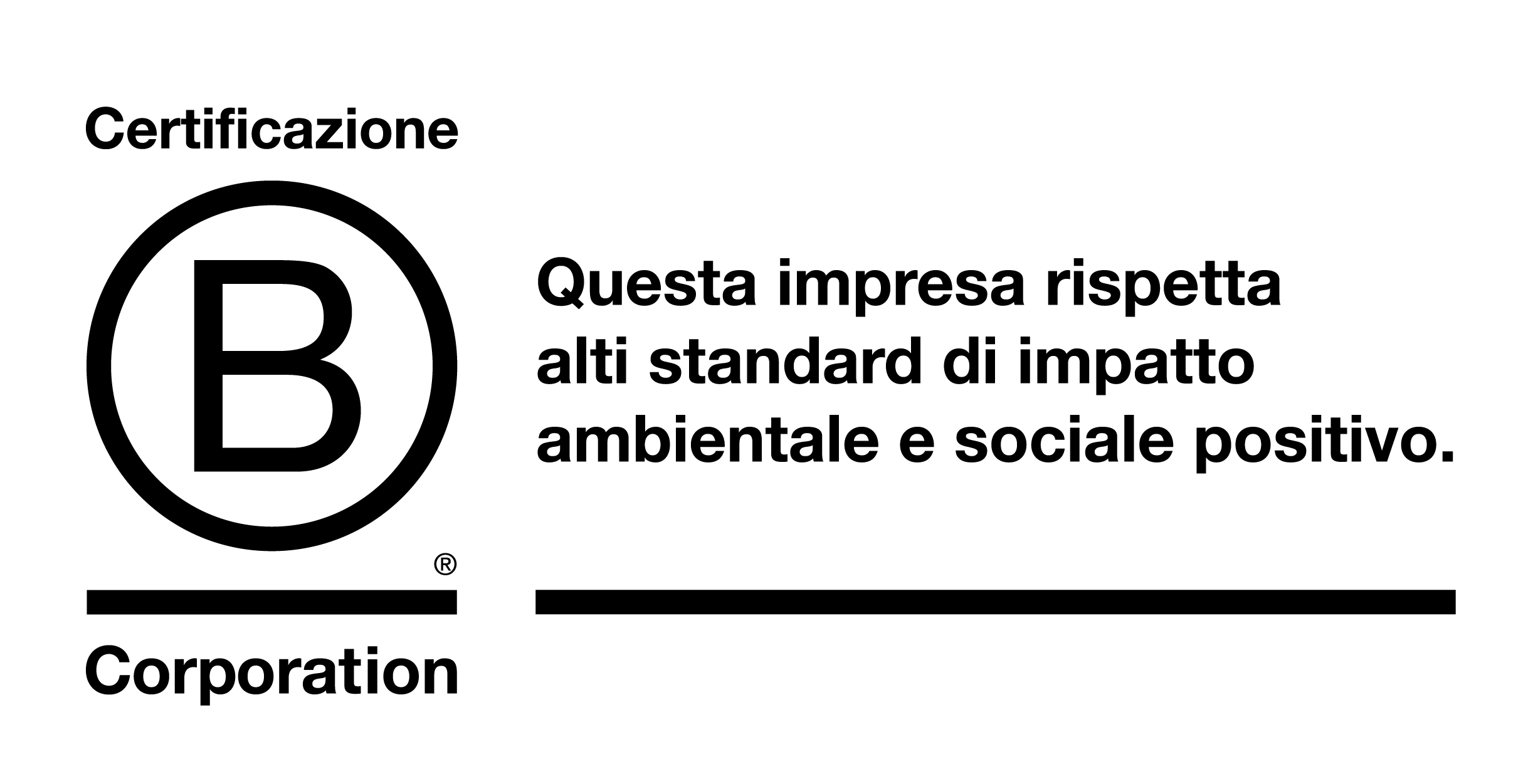Industrial archeology in Prato: a journey to the places where textile regeneration was born
What is it that attracts us so much about old factories, abandoned industrial spaces and the one converted to new uses?
The charm they have, the industrial history that they went through, and the urban regeneration they can carry.
Precisely in the Prato area, in 1975, for the first time in Italy, the Superintendency, started the cataloging of industrial archeology artifacts, elevating the historical value of this field of study.
In this blog article we would like to talk about industrial archeology linked to the textile sector of our city, Prato, which contributed consistently in Tuscany to the birth of factories, between the 19th century and the miraculous post-war economic boom. These are often abandoned, regenerated or still active places. Because they saw new trades born, they preserve the traces of an industrial past, which is now history. Stories and anecdotes that often surprise us for the simplicity and ingenuity of the solutions and tools.
The birth of a new urban structure
Our journey can start right from our office. Here in the 1920s the industrial complex of the Calamai wool mill was built, just next to Piazza Ciardi. The project, curated by the architects Poggi and Gaudenzi, reached in 1927 an extension of 28,000 square meters, of which 22,500 were covered.
Beside the grandeur of the project, that gave birth to a new industrial district in the city, what really surprises, is the testimony of the presence of a track that from the nearby station of Prato Porta al Serraglio ended directly inside a sector of the factory, now demolished. A dedicated freight yard really impressive for the time!

The connection was born for a practical question: carrying the rags that arrived by train from all over the world directly inside the factory, to be recycled. All this testifies the central role that Calamai factory and the recycling of rags already played for the economy of the city.

In this topographic map dating back to 1918, we ca see all the 134 wool active in the municipality at that time, represented with red dots. Many were concentrated around the Porta al Serraglio station, which was freight yard.

The industrial heritage project
The history of the factories in Prato is linked not only to the urban fabric but also to the mountain area overlooking the city, where many companies were born since the end of the 19th century, also by the hand of entrepreneurs from other italian regions, as for Peyron Nord, founded by the Piedmontese entrepreneur Angelo Peyron in 1896.

Why the Prato Apennines? Mainly because of thr proximity to the Bisenzio river, where the presence of water meant energy. In fact, many wool mills were born as a conversion of ancient mountain mills. Water was also a necessary resource to make the shredders the machines that transformed the old rags into new mechanical wool, work.

To discover the traces of the industrial archeology places in the Prato city area, and also in the Apennine area, we recommend the TAI, Tuscan Art Industry, project: Industrial Heritage Map , a digital map created by the cultural association Studio Corte 17, which classifies the state of existing industrial sites as Ruin, Abandonment, Underuse, Reuse, Regeneration, In operation
By Elaborating the data, this is what we can find out about the current state of post-industrial buildings in Prato:
Between the 155 listed buildings, 64 are in a state of neglect, 41%, while 10% are ruins, buildings that are now almost irrecoverable.
Industrial archeology, regenerating the urban fabric
If there is one thing we can learn from the discipline of industrial archeology, it is that economics and urbanization are part of the same system and that they transform together the face of the cities.
In a historical moment in which circular economy, recycling and regeneration are keywords for a sustainable economic development, even the places where these traditions were born could be valued more.

We are convinced we could do a lot more to transform these buildings, once protagonists of the economy, and give them a new role in society. "Regenerate" their stories. Just like we recyle an old rag.
Would you like to visit the industrial archeology sites of Prato? Tell us in the comments because we are thinking of organizing something about it!
Discover Rifò garments, born from the recovery of Prato textile tradition, visit our shop!



 Copyright Rifò - All Rights Reserved - C.F./P.Iva 02426250979 - REA: PO - 534385 - Cap. Soc. 16737,23 €
Copyright Rifò - All Rights Reserved - C.F./P.Iva 02426250979 - REA: PO - 534385 - Cap. Soc. 16737,23 €
Leave a comment
Your email address will not be published. Required fields are marked *